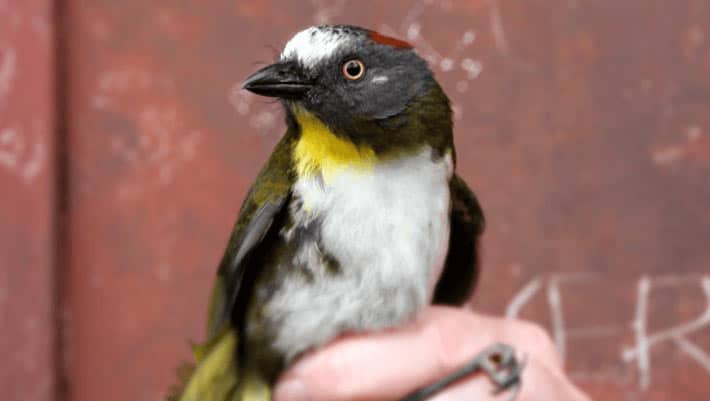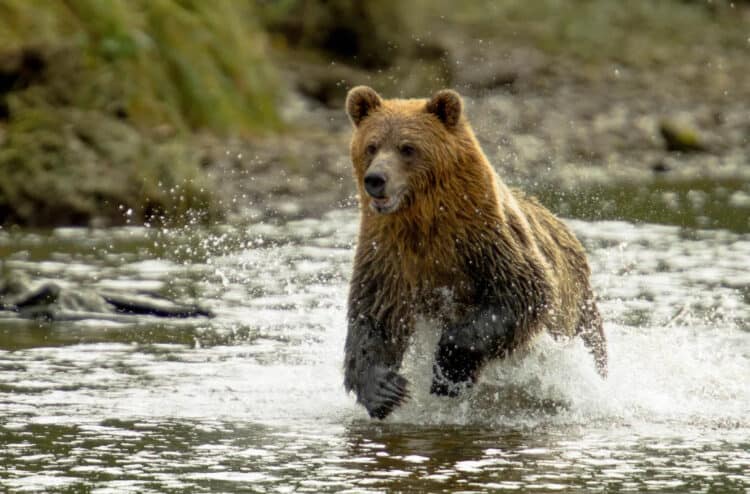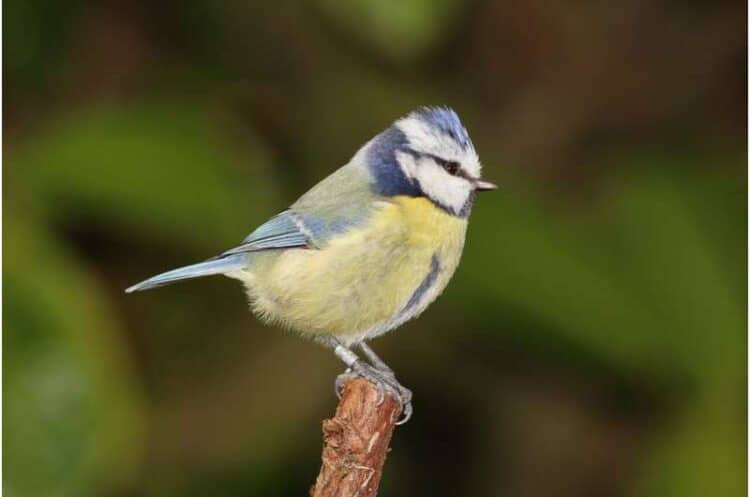Monash University ornithologists have shed light on the intricate relationship between social structure, environmental conditions, and cooperative behavior in superb fairy-wrens (Malurus cyaneus).
An international study led by researchers from the Monash School of Biological Sciences—including senior author Professor Anne Peters—and published today (April 17) in Proceedings of the Royal Society B: Biological Sciences, explores how seasonal changes affect the social dynamics and behavior of these avian communities.
“Cooperation among animals has long intrigued scientists, yet understanding the factors driving it has remained elusive,” said Professor Peters.
“Cooperation is not merely a result of individual traits or environmental pressures; rather, it emerges from the complex interplay between social structures and external conditions,” she said.
Superb fairy-wrens are found south of the Tropic of Capricorn through eastern Australia and Tasmania to the south-eastern corner of South Australia. They are small insect-eating birds and are known for their high pitched trills, which are given by both sexes.
The superb fairy-wrens provided an ideal system for this investigation due to their multilevel society, which undergoes seasonal restructuring.
During the breeding season, individual groups defend territories, while in the non-breeding season, these groups coalesce into larger communities. By observing their behavior in response to distress calls during both seasons, lead author Dr. Ettore Camerlenghi said the researchers assessed how social dynamics and environmental harshness influence cooperative behavior.
“The findings reveal a remarkable shift in cooperative behavior during the harsher non-breeding season,” said Dr. Camerlenghi.
“We observed a significant increase in cooperative behavior and a decrease in aggressive territorial behavior among superb fairy-wrens during the non-breeding season compared to the breeding season.”
“Our study suggests that when faced with environmental adversity, superb fairy-wrens prioritize cooperation over aggression, potentially enhancing their survival prospects,” said Dr. Camerlenghi.
This increase in cooperation was more pronounced within breeding groups, highlighting the importance of social bonds in promoting cooperative behavior.
Environmental conditions also played a crucial role, with harsher conditions during the non-breeding season correlating with heightened cooperative responses.
“The interaction between social structure and environmental conditions drives the seasonal switch in cooperation,” said Professor Peters.
These findings have broader implications for understanding cooperative behavior in animal populations.
“This supports the hypothesis that multilevel societies can emerge to increase cooperation during challenging environmental conditions.”
Citation:
Ettore Camerlenghi et al, Social restructuring during harsh environmental conditions promotes cooperative behaviour in a songbird, Proceedings of the Royal Society B: Biological Sciences (2024). DOI: 10.1098/rspb.2023.2427. Journal information: Proceedings of the Royal Society B.
This article by Monash University was first published by Phys.org on 17 April 2024. Lead Image: Credit: Pixabay/CC0 Public Domain.
What you can do
Help to save wildlife by donating as little as $1 – It only takes a minute.







Leave a Reply